The family dog is often considered a member of the family, and many pet owners want to include their furry friend in their outdoor activities. However, integrating a dog into family activities can be challenging, especially if the dog is not used to being outdoors or around other people and animals. This article will provide tips and advice for pet owners who want to include their dog in outdoor family activities, such as camping, hiking, and beach trips.
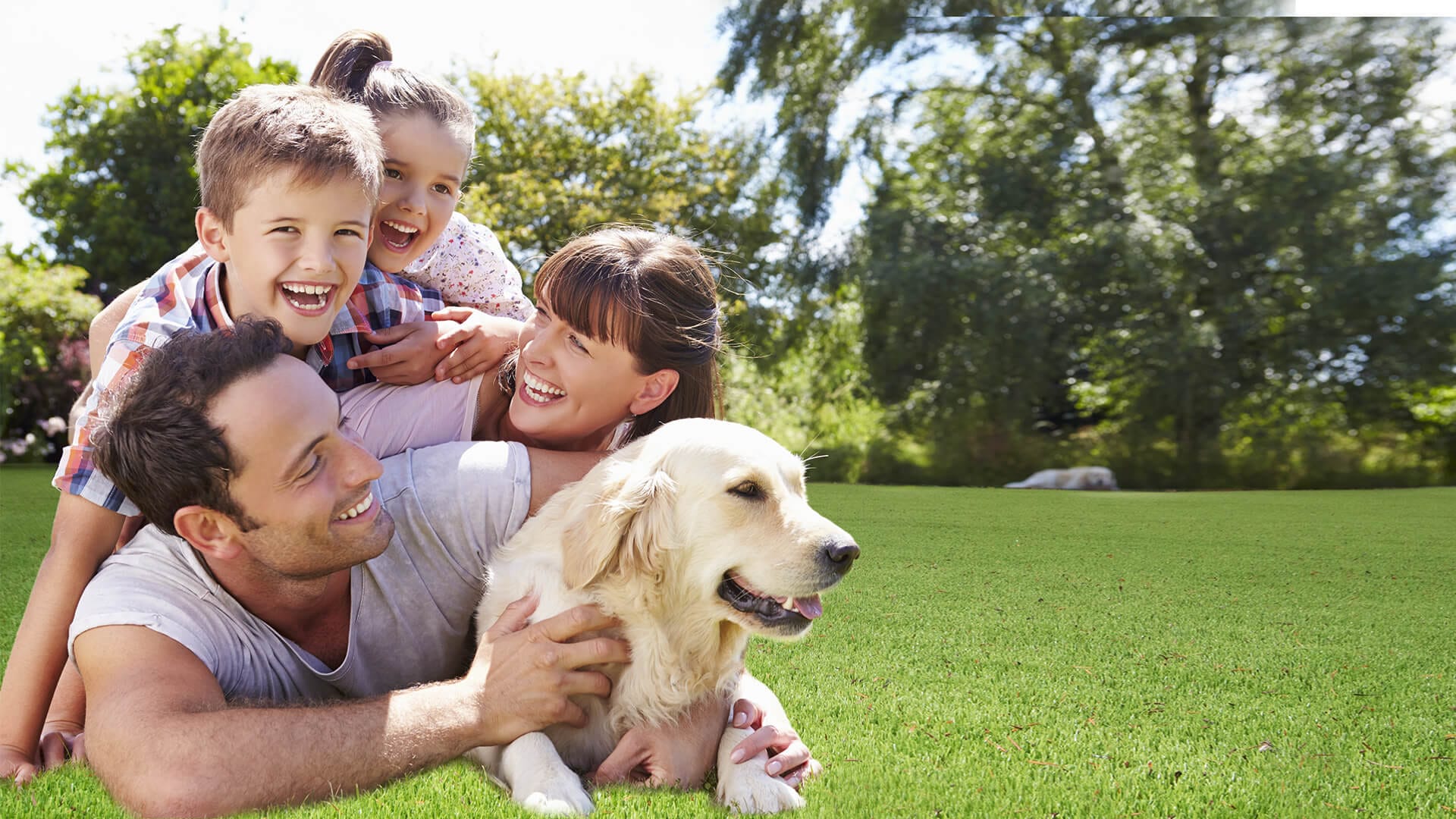
One of the most important things to consider when integrating a dog into outdoor family activities is the dog's personality and behavior. Some dogs may be naturally more adventurous and outgoing, while others may be shy or anxious in new environments. It's important to assess your dog's personality and comfort level before planning any outdoor activities. Additionally, it's important to ensure that your dog is up-to-date on all vaccinations and has proper identification, such as a collar with tags or a microchip.
Another important factor to consider is the type of activity you are planning. Some activities, such as hiking or camping, may require more preparation and training for both the dog and the family. It's important to research the specific activity and location beforehand to ensure that it is safe and appropriate for your dog. Additionally, it's important to bring along the necessary supplies, such as food, water, and a leash, to ensure that your dog is comfortable and safe throughout the activity.

Understanding Your Dog's Needs
When it comes to integrating your pet into outdoor family activities, it's essential to understand your dog's needs. Just like humans, dogs have specific requirements that must be met to keep them healthy and happy. In this section, we'll cover some of the essential needs that you should consider before taking your furry friend on your next adventure.
Exercise Requirements
Dogs need exercise to stay healthy and maintain a healthy weight. The amount of exercise your dog needs depends on their breed, age, and overall health. For example, a young, active dog may need several hours of exercise a day, while an older dog may only need a short walk. It's essential to research your dog's breed and talk to your veterinarian to determine their exercise requirements.
Socialization Aspects
Socialization is crucial for dogs, especially when it comes to outdoor activities. Dogs that are well-socialized are more likely to enjoy spending time with their human family and other dogs. It's essential to expose your dog to different environments, people, and animals to help them feel comfortable and confident in new situations.
Safety Considerations
When taking your dog on outdoor family activities, safety should be a top priority. It's essential to keep your dog on a leash in public areas, especially if they are not well-trained. You should also make sure your dog is up-to-date on their vaccinations and flea and tick prevention. Additionally, make sure to bring plenty of water and food for your dog, as well as any necessary medications.
By understanding your dog's needs, you can ensure that they have a safe and enjoyable time on your next outdoor family adventure.
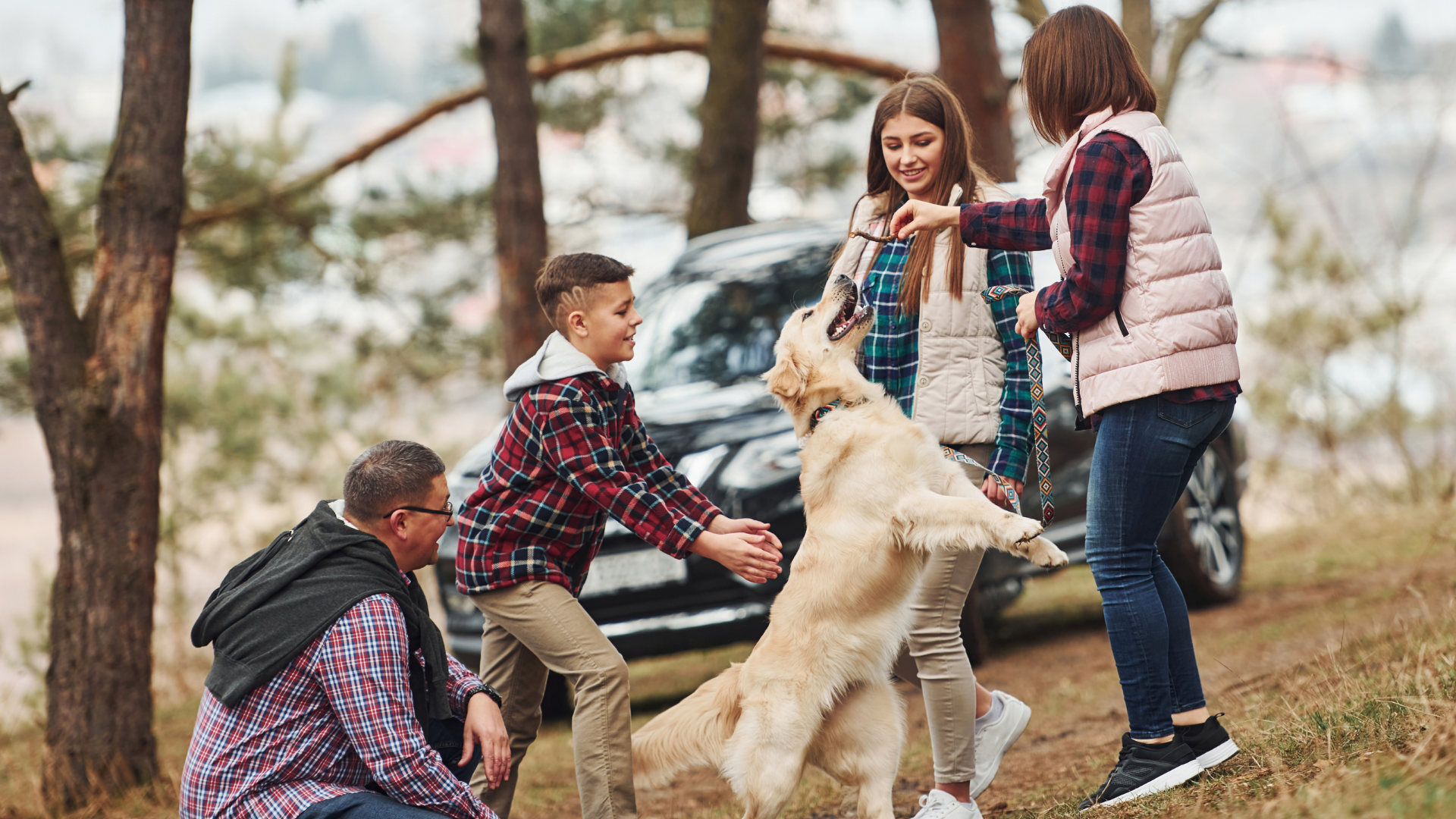
Choosing the Right Activities
When it comes to integrating your family dog into outdoor activities, it's important to choose the right activities that are not only fun for the whole family but also safe and comfortable for your furry friend. Here are some dog-friendly outdoor activities to consider:
Dog-Friendly Outdoor Sports
Many outdoor sports can be enjoyed with your dog, but it's important to choose ones that are safe and appropriate for your pet's size, breed, and energy level. Some popular dog-friendly outdoor sports include:
- Frisbee: This is a great activity for high-energy dogs who love to run and jump. Just make sure to use a soft, lightweight frisbee that won't harm your dog's teeth.
- Agility: This sport involves navigating an obstacle course with your dog, and it's a great way to build your dog's confidence and obedience skills.
- Canicross: This is a sport that involves running or hiking with your dog while they are attached to a harness. It's a great way to get exercise for both you and your dog.
Family-Friendly Hiking Trails
Hiking is a great way to explore the outdoors with your family dog, but not all hiking trails are dog-friendly. Look for trails that are not too steep or rocky, and that have plenty of shade and water sources. Some things to keep in mind when hiking with your dog include:
- Keep your dog on a leash at all times.
- Bring plenty of water and snacks for both you and your dog.
- Be aware of your dog's limits and take breaks as needed.
Water Activities for Dogs
Many dogs love to swim and play in the water, and there are plenty of water activities you can enjoy with your furry friend. Some popular water activities for dogs include:
- Swimming: This is a great low-impact activity that is easy on your dog's joints. Just make sure to supervise your dog at all times and never leave them unsupervised near water.
- Kayaking or paddle boarding: If your dog is comfortable on the water, you can take them kayaking or paddleboarding with you. Just make sure to use a life jacket for your dog and stay close to shore.
- Fetch: You can play fetch with your dog in the water using a floating toy. This is a great way to cool off on a hot day and get some exercise for both you and your dog.
By choosing the right activities for your family dog, you can ensure that everyone has a fun and safe outdoor experience.
Training for Outdoor Adventures
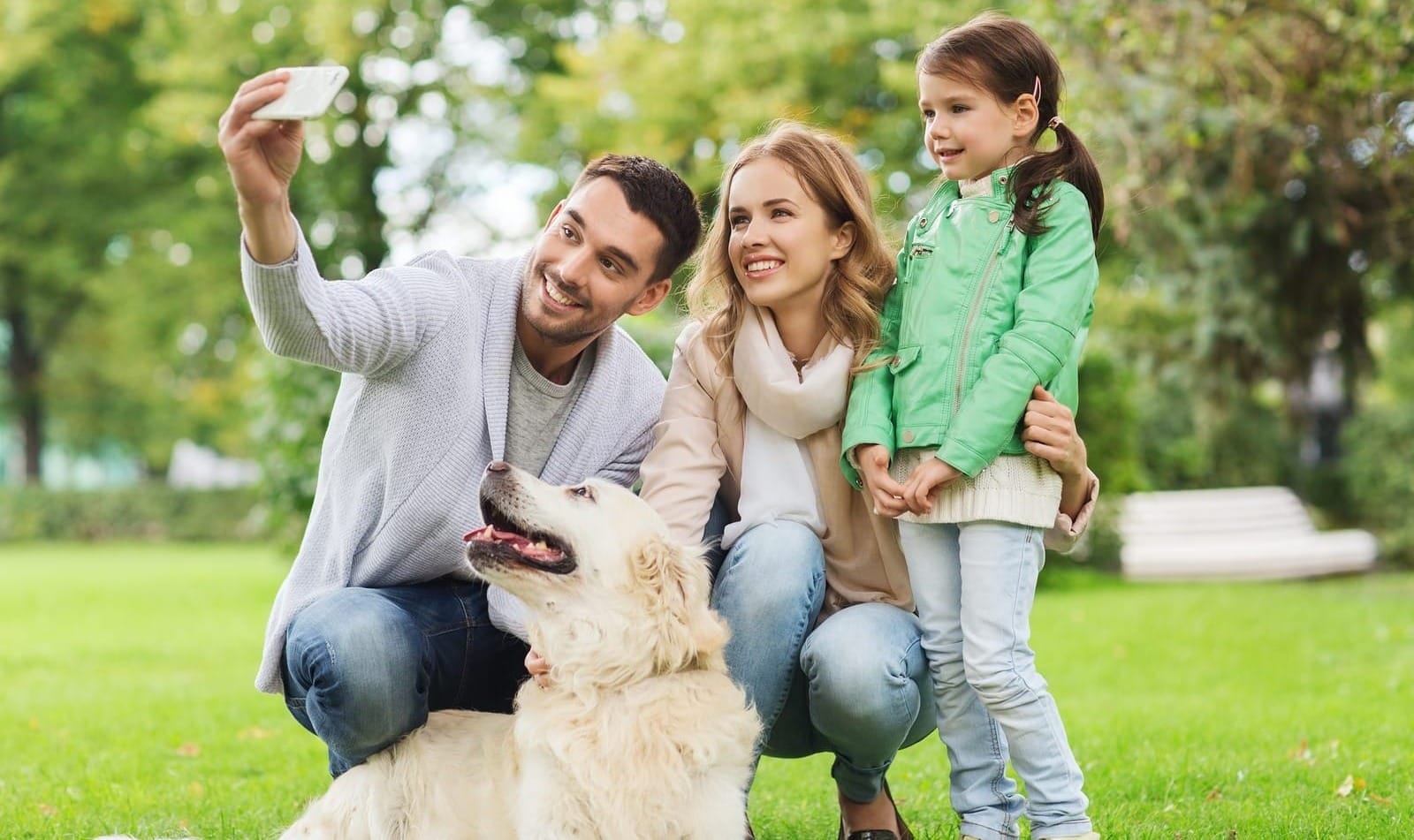
When it comes to integrating your family dog into outdoor activities, training is key. There are several types of training that can help your dog be well-behaved and safe in nature.
Basic Obedience Training
Basic obedience training is essential for any dog, especially if they will be joining you on outdoor adventures. This training includes commands such as sit, stay, come, and heel. It is important to practice these commands regularly with your dog to ensure they are well-trained and responsive.
Off-Leash Training
Off-leash training is important if you plan on letting your dog run free in nature. This type of training requires a lot of practice and patience, as it can be difficult to train a dog to stay close to you without a leash. It is important to start off-leash training in a safe, enclosed area before moving to more open spaces.
Recall Commands in Nature
Recall commands are essential for any dog that will be off-leash in nature. These commands include calling your dog back to you when they are exploring or chasing after something. It is important to practice recall commands in different environments, such as in a park or on a hiking trail, to ensure your dog will respond to your commands in any situation.
Overall, training your dog for outdoor adventures takes time and patience, but it is worth it to ensure your dog is well-behaved and safe in nature.
Preparing for Outings
Packing Essentials for Your Dog
When preparing for an outdoor activity with your family dog, it is important to pack the necessary essentials to ensure their safety and comfort. Some of the items that you should consider packing include:
- Food and water: make sure to bring enough food and water to last the entire outing, as well as bowls for your dog to eat and drink from.
- Leash and collar: even if your dog is well-behaved off-leash, it is always a good idea to bring a leash and collar in case of emergency.
- Waste bags: always clean up after your dog to keep the environment clean and healthy.
- Doggy first aid kit: include items such as bandages, antiseptic wipes, and any medication your dog may need.
Weather and Terrain Adaptations
It is important to consider the weather and terrain when planning an outdoor activity with your dog. Some tips to keep in mind include:
- Hot weather: bring plenty of water and avoid walking during the hottest part of the day. Consider bringing a cooling vest or bandana to keep your dog cool.
- Cold weather: dress your dog in a warm coat or sweater, and consider booties to protect their paws from ice and snow.
- Rough terrain: if you plan on hiking or walking on rough terrain, consider bringing a harness for your dog instead of a collar to avoid neck injuries.
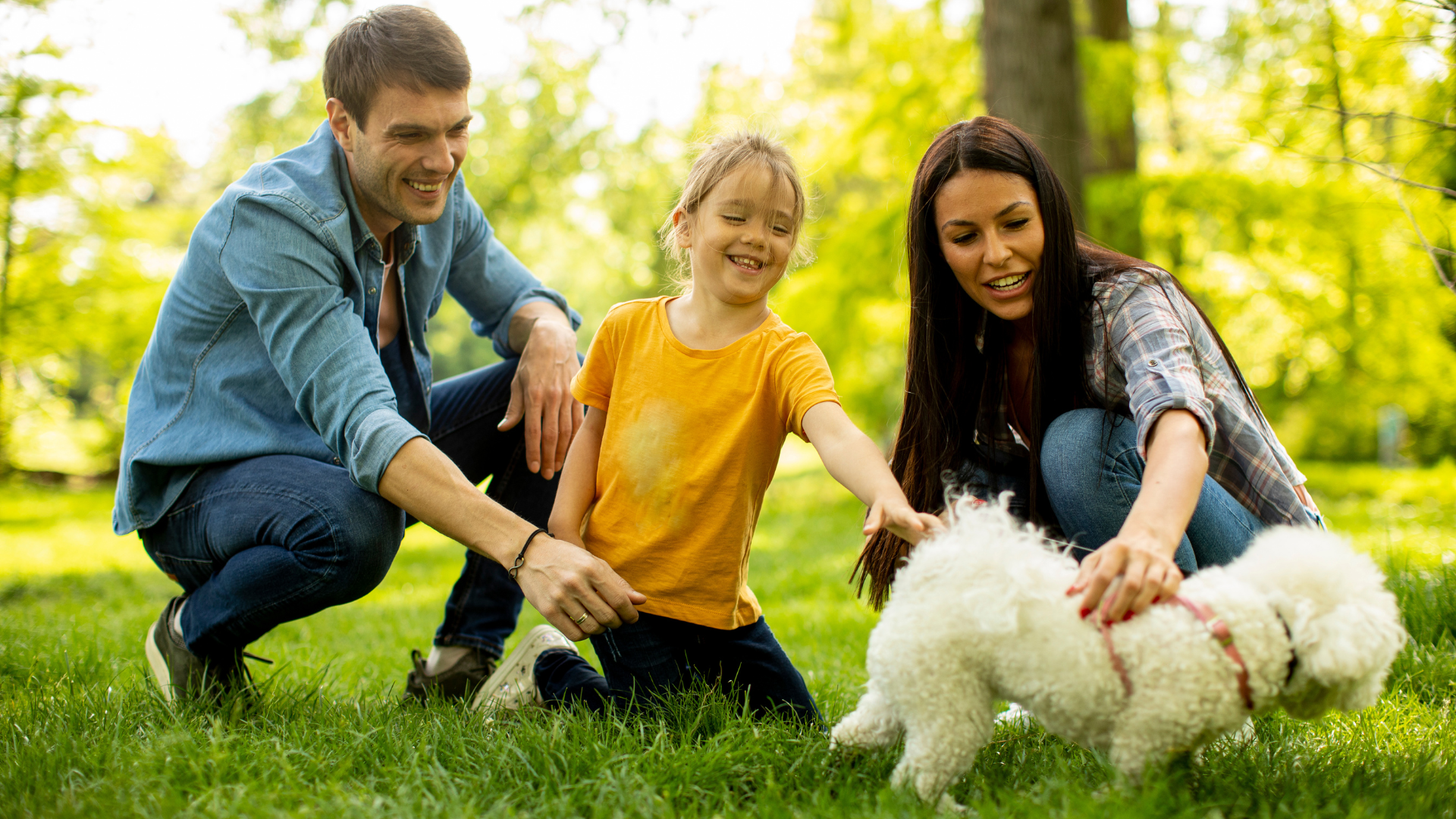
First Aid for Pets
Accidents can happen, so it's important to be prepared with a first aid kit for your pet. Some items to include in your kit are:
- Bandages and gauze
- Tweezers for removing ticks or splinters
- Antiseptic wipes or spray
- Hydrogen peroxide for inducing vomiting in case of poisoning (consult with your veterinarian before administering)
- Any medication your dog may need
By packing the essentials, adapting to weather and terrain, and being prepared with a first aid kit, you can ensure a safe and enjoyable outdoor activity for both you and your furry friend.
Respecting Wildlife and Environment
Leave No Trace Principles
When bringing your family dog along for outdoor activities, it is important to follow the Leave No Trace principles to minimize your impact on the environment. This means packing out all trash, burying human waste at least 200 feet away from water sources, and avoiding damaging vegetation or disturbing wildlife. Additionally, keep your dog on a leash or under voice control to prevent them from chasing wildlife or trampling on sensitive habitats.
Interactions with Wildlife
Respecting wildlife is crucial when hiking or camping with your dog. Avoid approaching or feeding wild animals, and keep your dog away from their habitats. It is important to remember that even a friendly dog can cause harm to wildlife, unintentionally or not. Additionally, be aware of any wildlife warnings or restrictions in the area and follow them accordingly.
Managing Waste Responsibly
Managing waste responsibly is an essential part of respecting the environment when bringing your dog along for outdoor activities. Always pack out your dog's waste, using a bag or a trowel to bury it at least 200 feet away from water sources. Avoid leaving waste bags on the trail or in the environment, as they can take years to decompose and harm wildlife. Finally, make sure to dispose of waste bags properly in designated trash receptacles.
Troubleshooting Common Issues

Dealing with Aggression
Aggression is a common issue that pet owners face when integrating their dog into outdoor family activities. It can be triggered by a variety of factors, such as fear, territorial behavior, or lack of socialization. To prevent aggression, it is important to train your dog to be obedient and responsive to your commands. You can also try desensitization techniques to help your dog become more comfortable around other people and dogs.
If your dog does display aggressive behavior, it is important to take immediate action to prevent any harm to yourself or others. You can use a firm voice to command your dog to stop or distract them with a toy or treat. It is also recommended to seek professional help from a veterinarian or dog behaviorist to address the underlying causes of aggression.
Overcoming Anxiety
Anxiety is another common issue that dogs may face when participating in outdoor family activities. Dogs may become anxious due to unfamiliar surroundings, loud noises, or separation from their owners. To help your dog overcome anxiety, it is important to gradually introduce them to new environments and situations. You can also provide your dog with a safe space, such as a crate or bed, where they can retreat to if they feel overwhelmed.
If your dog displays signs of anxiety, such as shaking or panting, it is important to remain calm and reassure them with a soothing voice. You can also use calming aids, such as pheromone sprays or supplements, to help your dog feel more relaxed.
Handling Injuries on the Trail
Injuries are a risk that comes with any outdoor activity, and it is important to be prepared for any potential accidents that may occur. When hiking or camping with your dog, it is recommended to carry a first aid kit that includes items such as bandages, antiseptic, and tweezers. You should also be familiar with basic first aid techniques, such as how to stop bleeding or treat a wound.
If your dog does sustain an injury, it is important to remain calm and assess the situation. You can use a muzzle or towel to prevent your dog from biting while you administer first aid. It is also recommended to seek veterinary care as soon as possible, especially if the injury is severe or if your dog shows signs of shock or distress.
Creating Lasting Memories
Making memories with your furry friend is one of the best parts of owning a dog. Including your dog in outdoor family activities can create unforgettable moments that you and your family will cherish for years to come. Here are some tips to help you create lasting memories with your family dog.
Capturing the Moments
Taking pictures and videos of your dog during outdoor activities is a great way to capture memories that will last a lifetime. Consider investing in a quality camera or smartphone with a good camera to ensure that you can take high-quality photos and videos of your dog. You can also create a scrapbook or photo album of your dog's outdoor adventures to share with family and friends.
Dog-Friendly Camping Tips
Camping with your dog can be a fun and rewarding experience for both you and your furry friend. When planning a camping trip with your dog, make sure to research dog-friendly campsites and parks in advance. Bring plenty of food, water, and treats for your dog, as well as a comfortable bed or blanket for them to sleep on. Always keep your dog on a leash and clean up after them to ensure a safe and enjoyable experience for everyone.
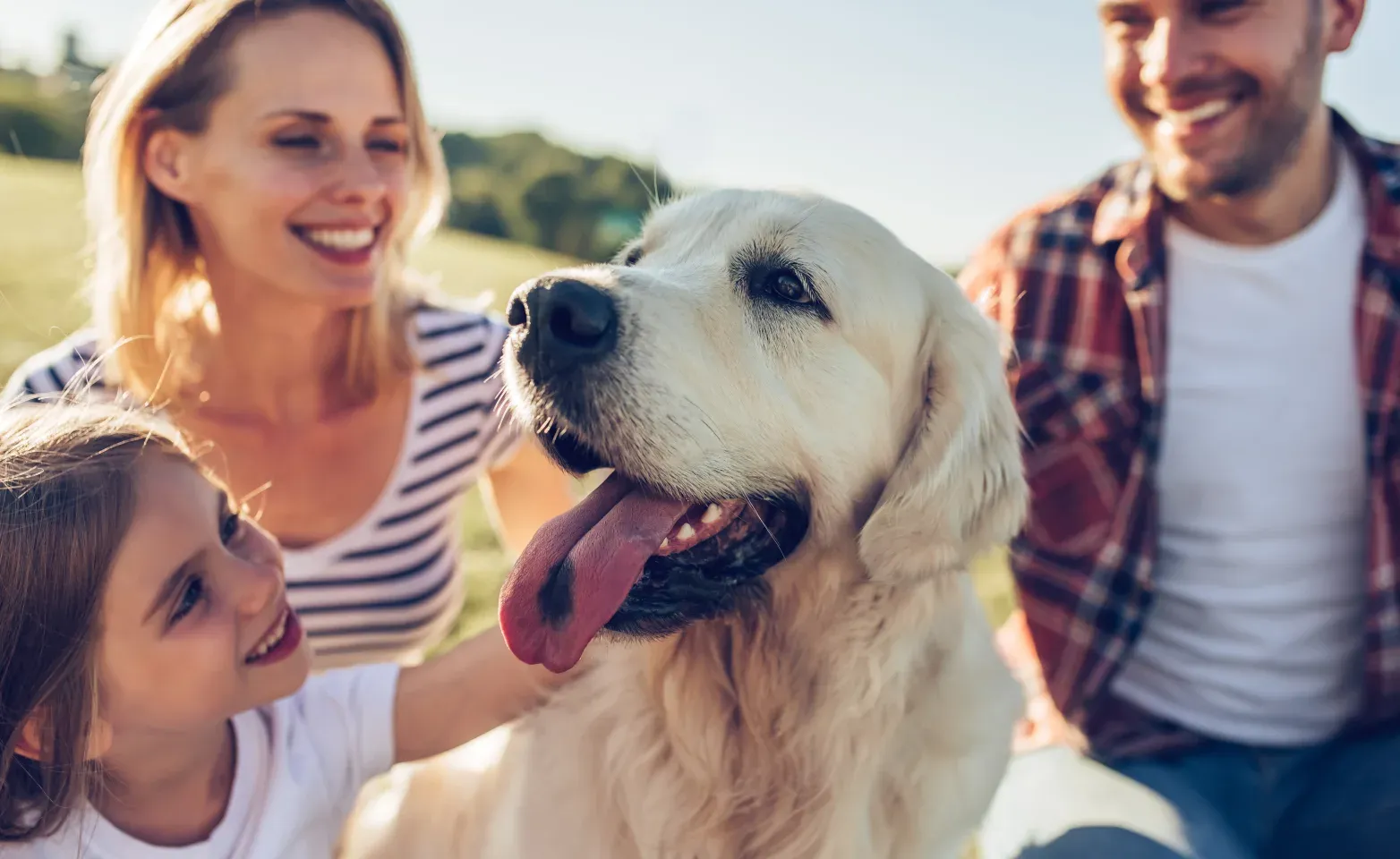
Seasonal Outdoor Traditions
Creating seasonal outdoor traditions with your dog can be a great way to bond with your furry friend and create lasting memories. For example, you can take your dog on a hike to see the fall foliage or go on a snowshoeing adventure in the winter. You can also participate in seasonal activities such as apple picking, pumpkin carving, or visiting a Christmas tree farm with your dog.
By incorporating your dog into your family's outdoor activities, you can create memories that will last a lifetime. Whether you're taking pictures, camping, or participating in seasonal traditions, your furry friend will be by your side, creating unforgettable moments that you and your family will cherish forever.
Conclusion
Integrating your family dog into outdoor activities enriches your lives and creates unforgettable experiences. Embrace the joy of exploring nature with your loyal companion by your side.
Frequently Asked Questions (FAQs)
- Is every dog suitable for outdoor activities?
- Not every dog is suited for intense outdoor adventures. Consider your dog's breed, age, and health before planning strenuous activities.
- How do I keep my dog safe during outdoor outings?
- Always leash your dog in unfamiliar areas, be aware of surroundings, and carry essential supplies like water and a first aid kit.
- What if my dog is not well-behaved outdoors?
- Invest time in training and socialization. Start with short outings and gradually increase the duration as your dog becomes more comfortable.
- Can I take my dog camping or hiking in national parks?
- Some national parks allow dogs on specific trails and campgrounds. Check park regulations before planning your trip.
- How do outdoor activities benefit my dog's health?
- Outdoor activities provide exercise, mental stimulation, and exposure to new environments, which contribute to a healthier and happier dog.




